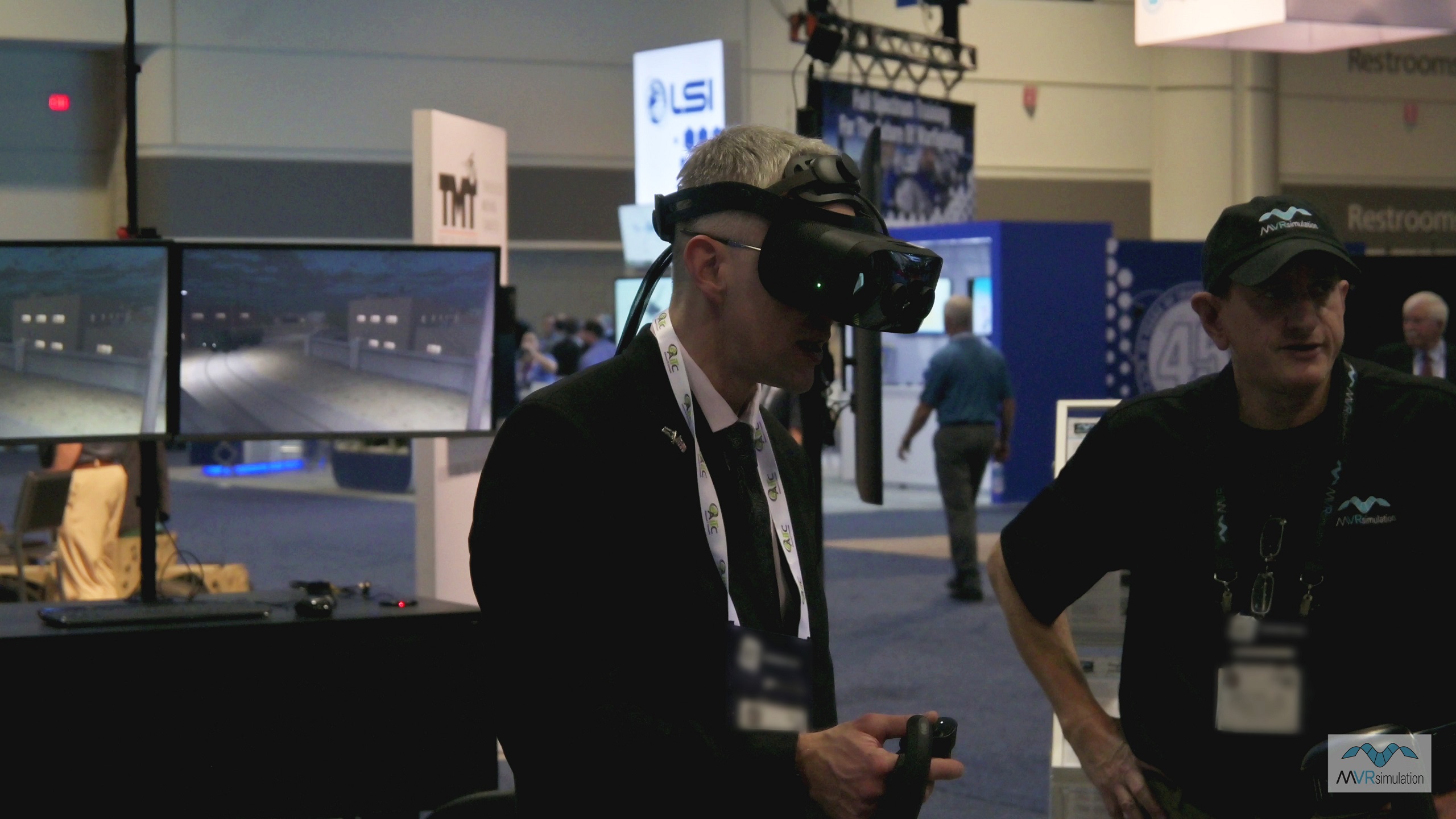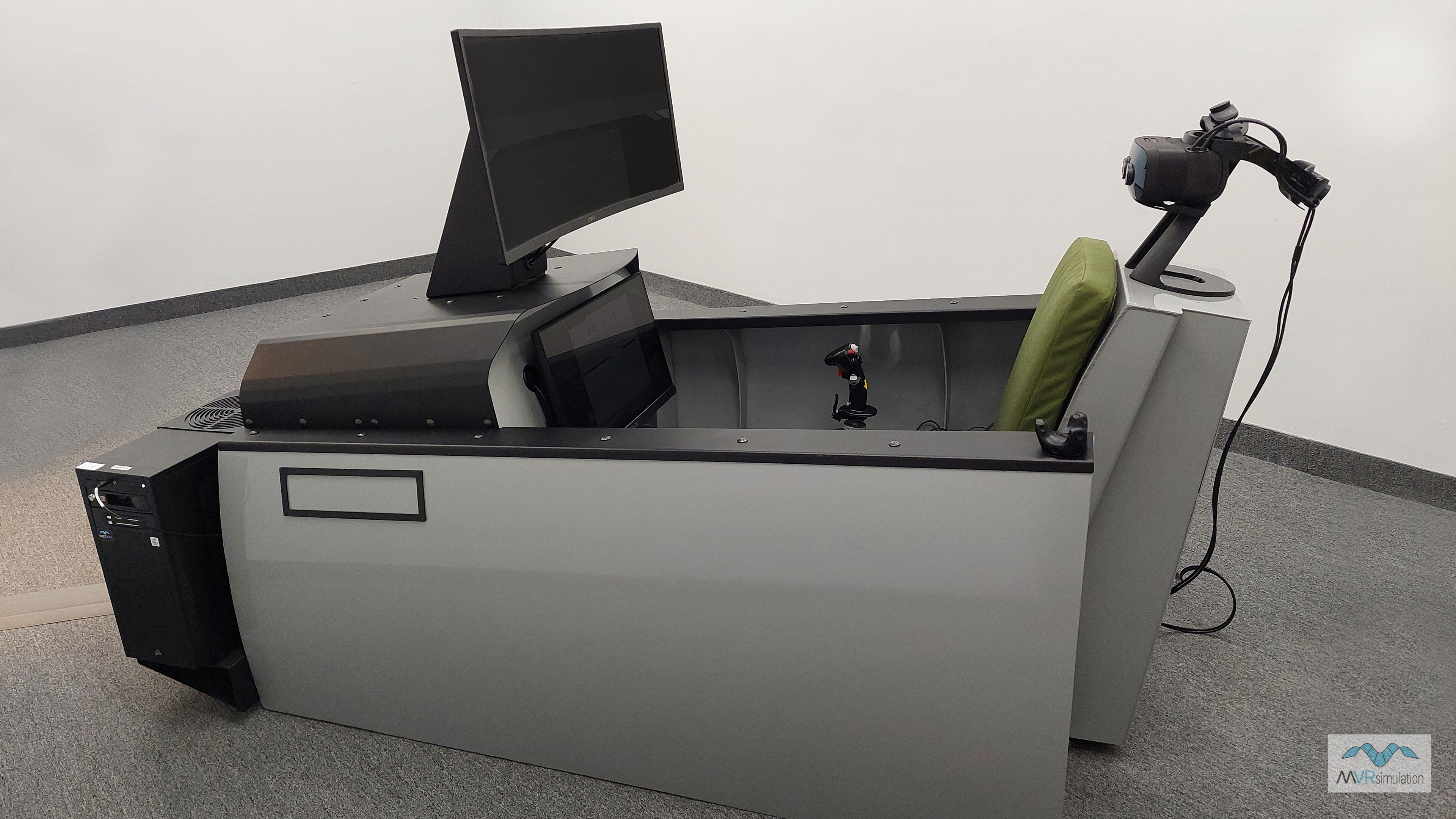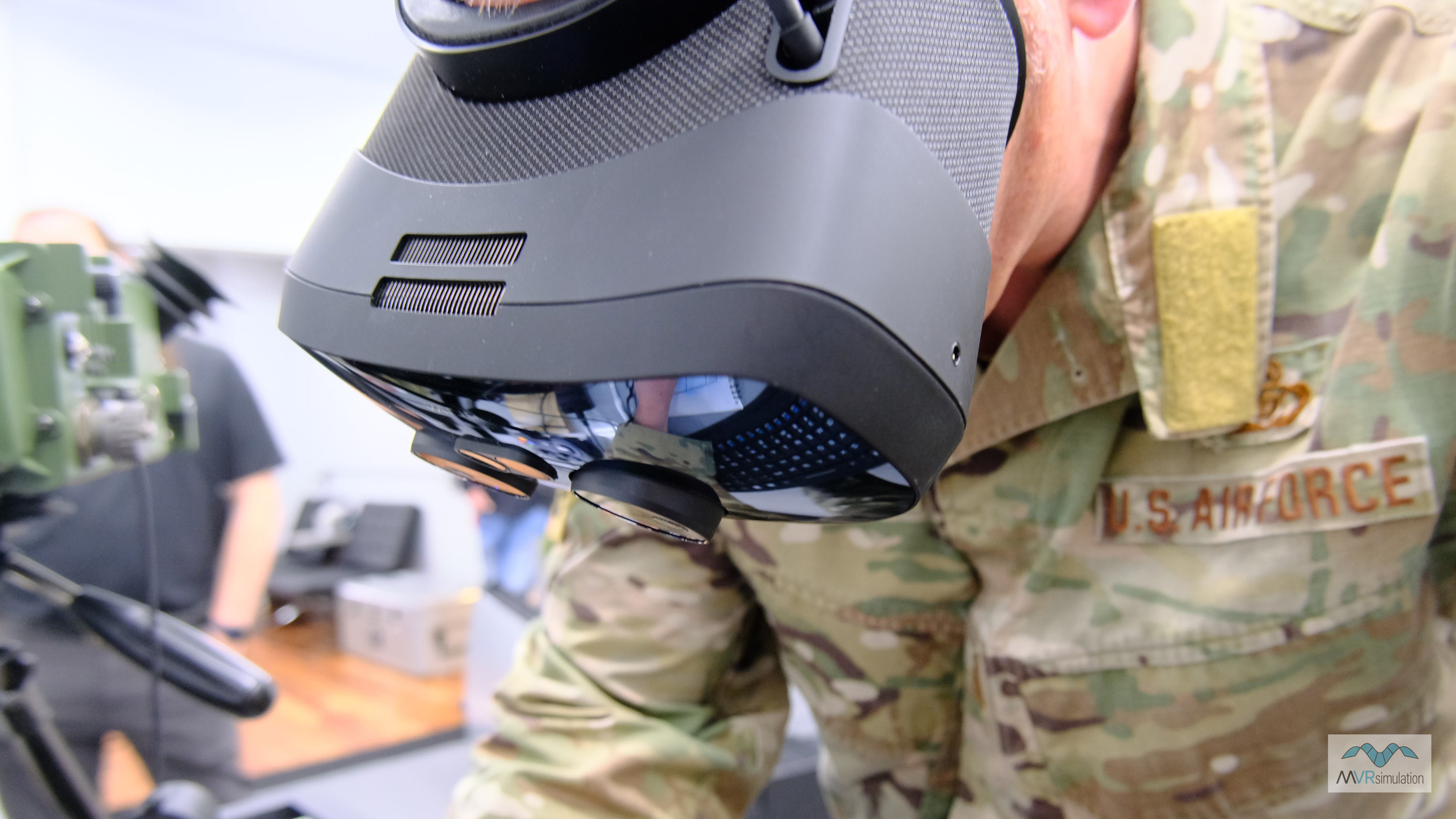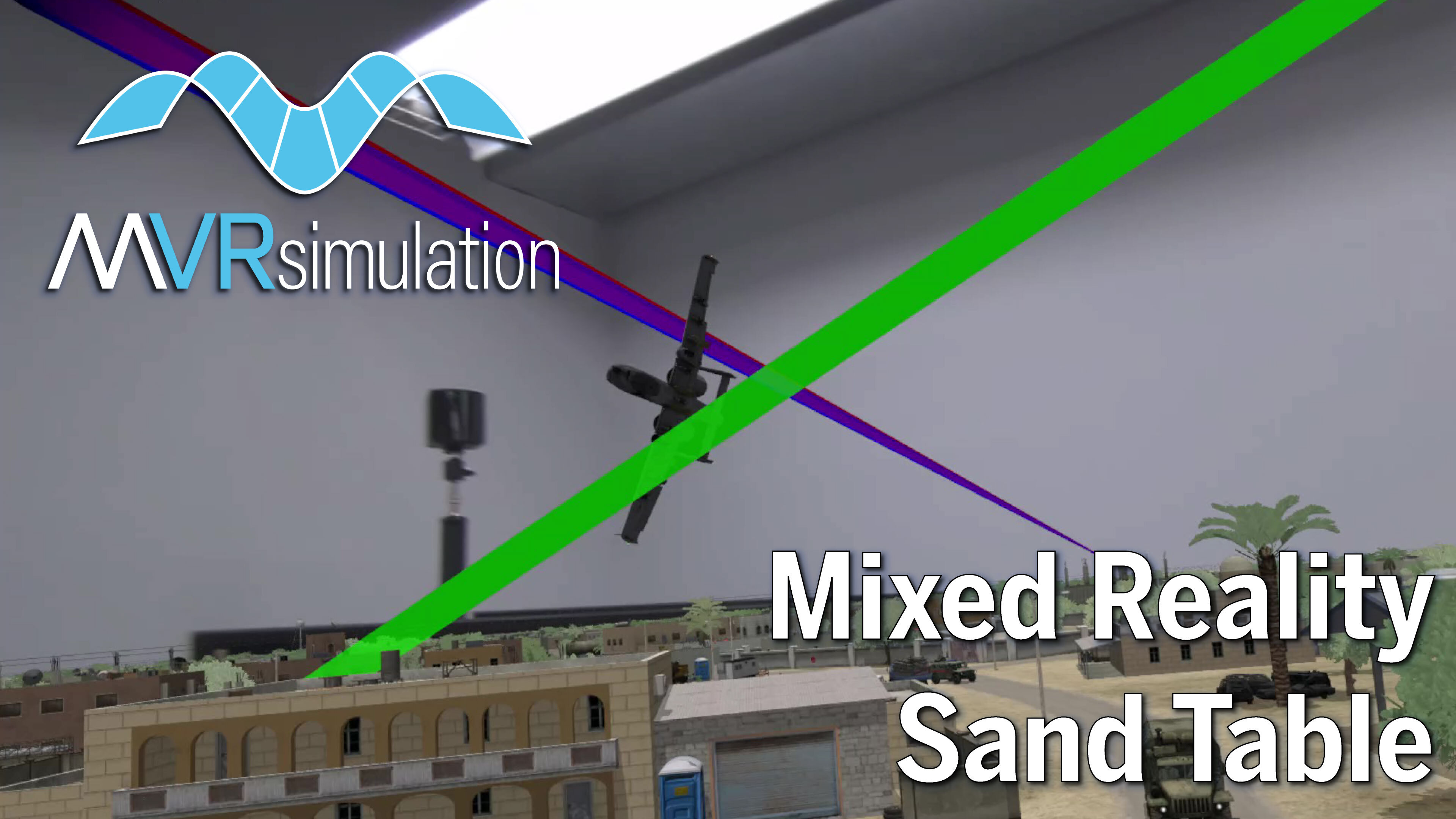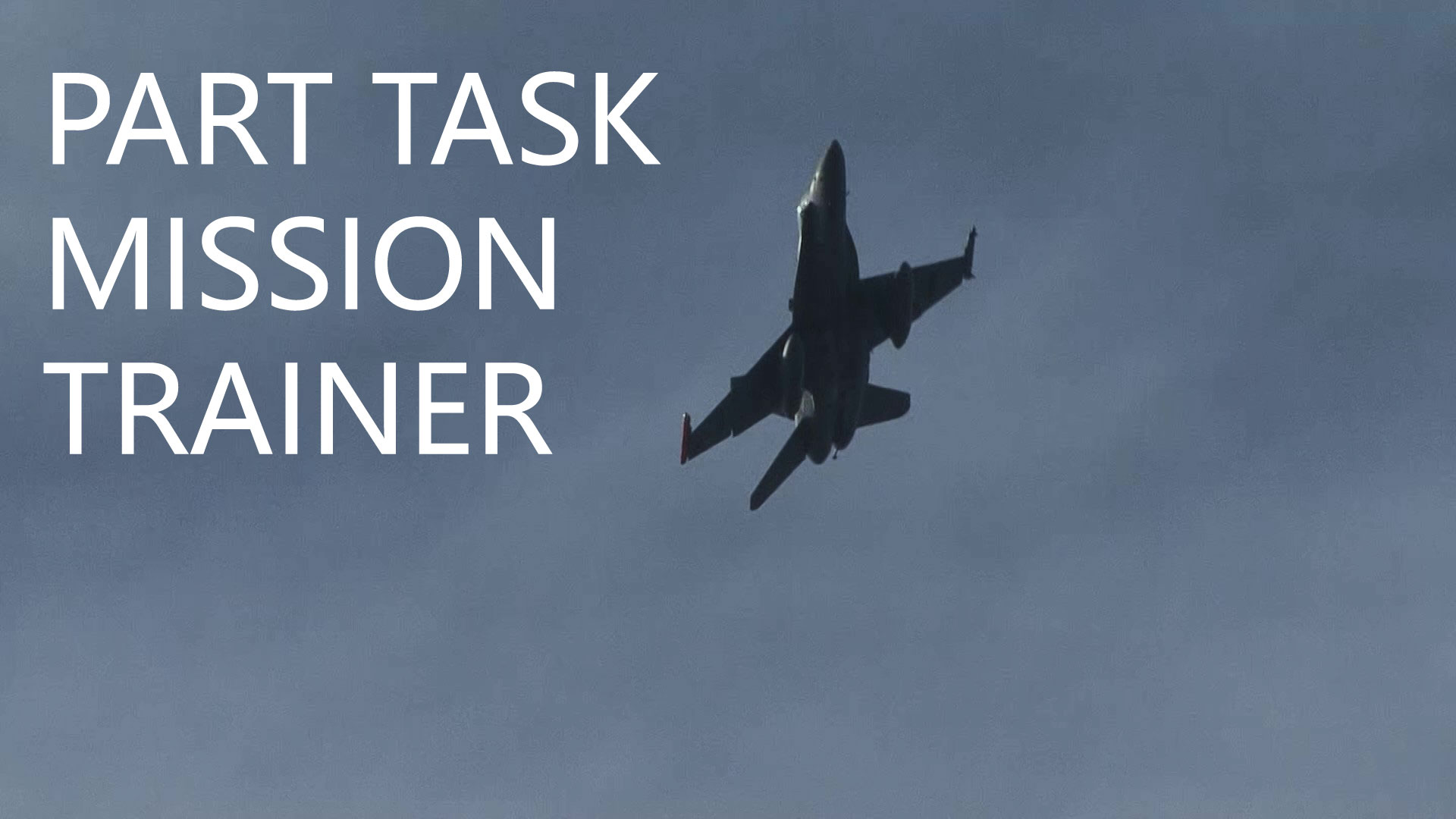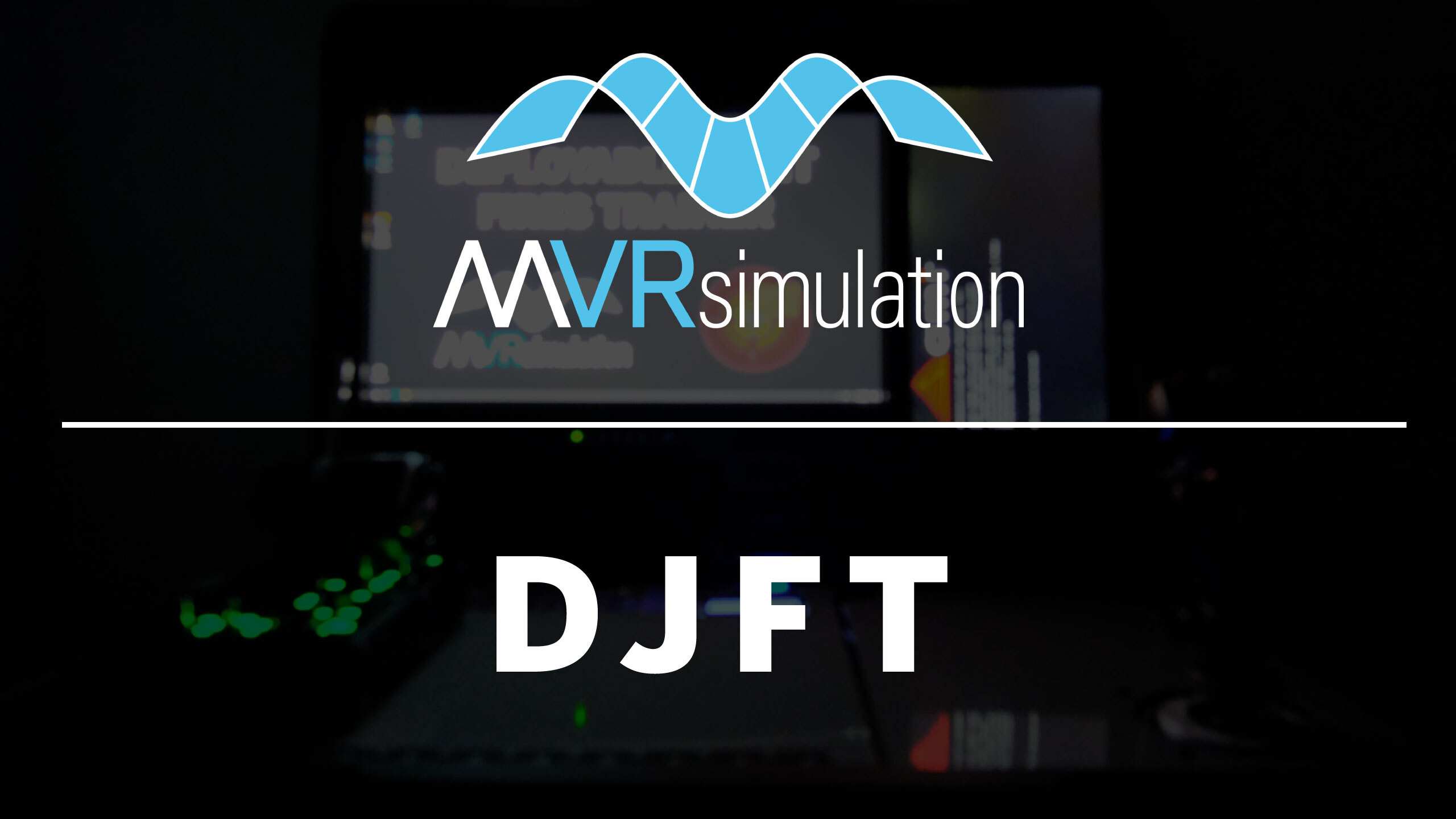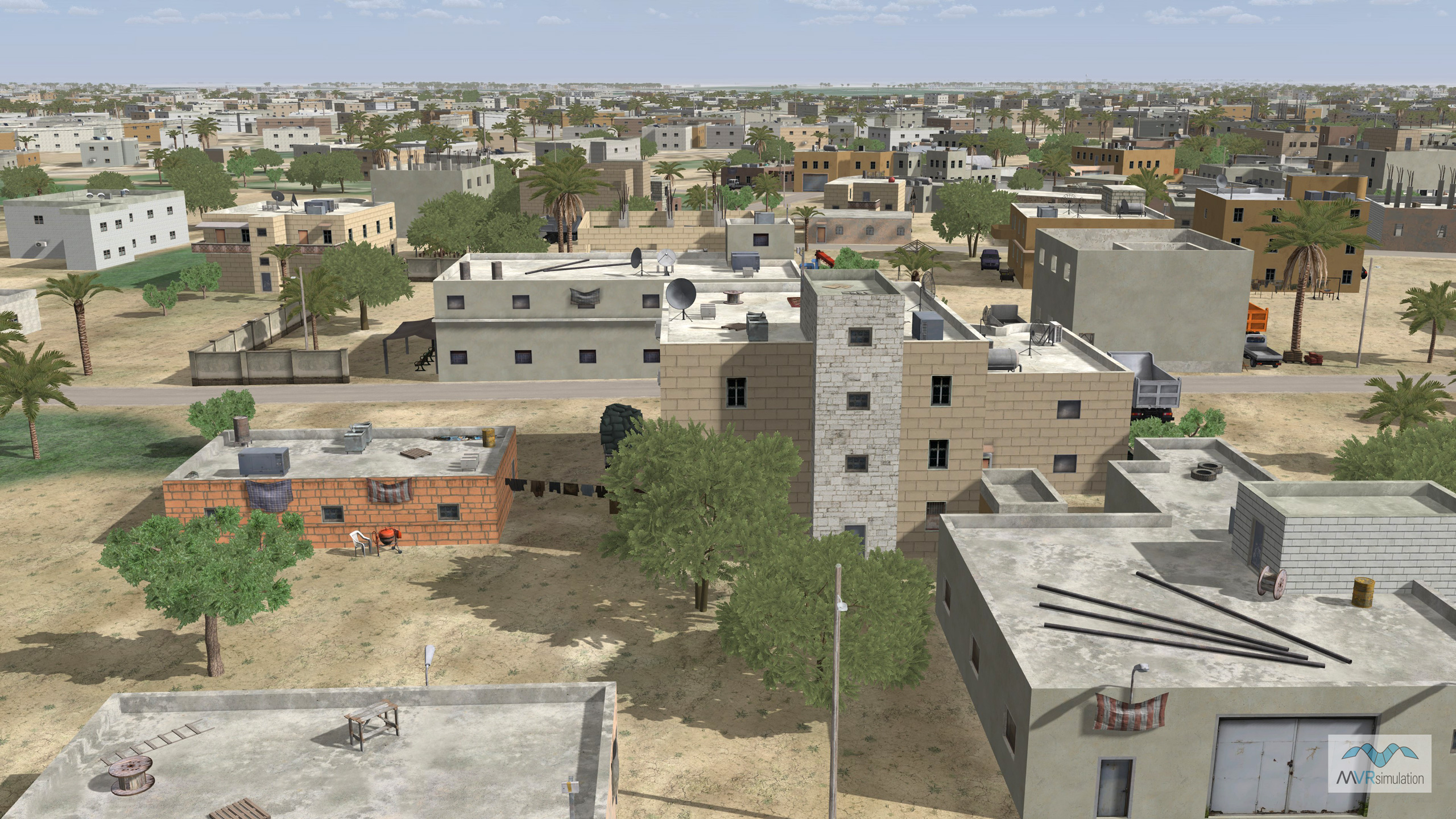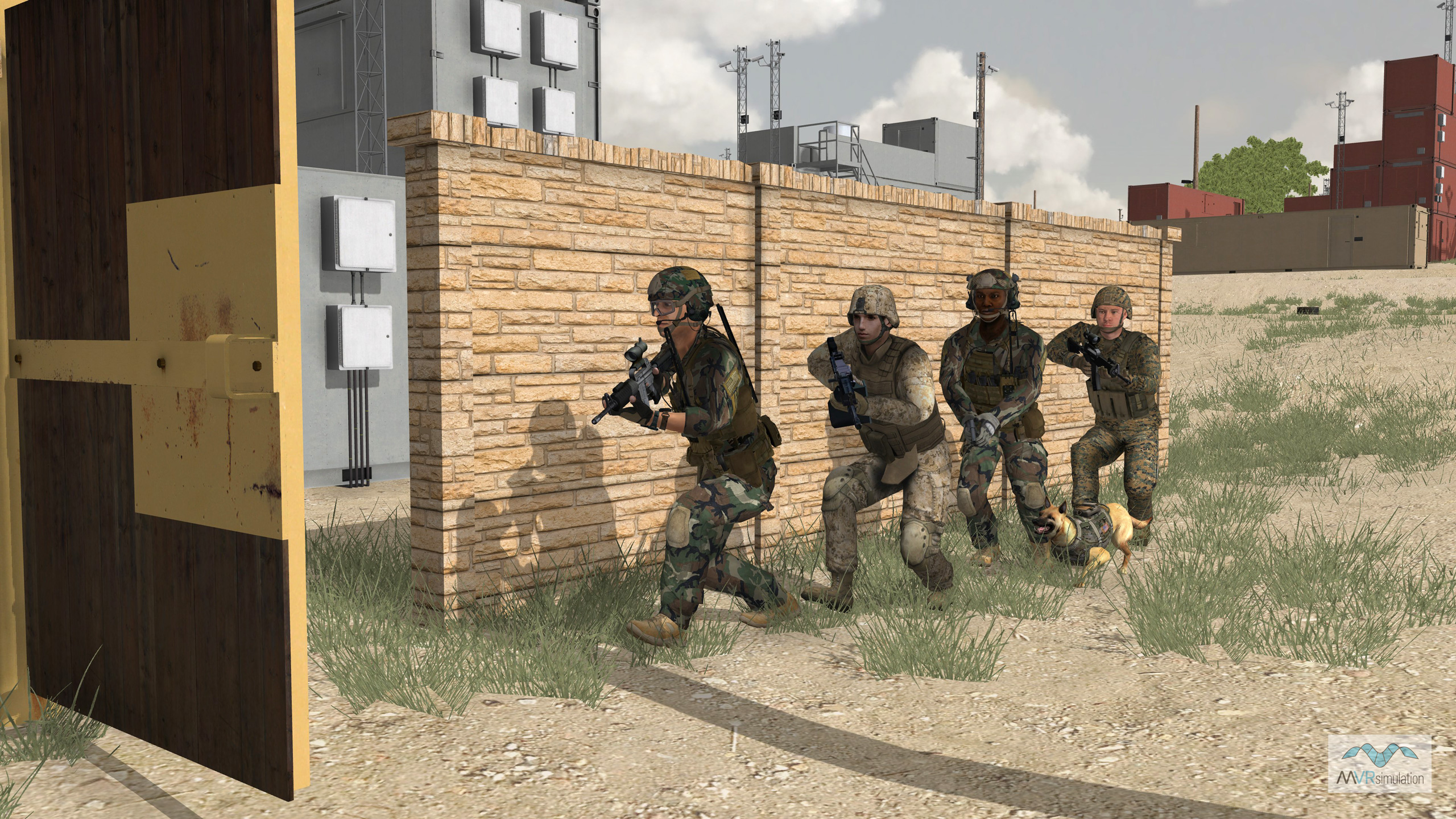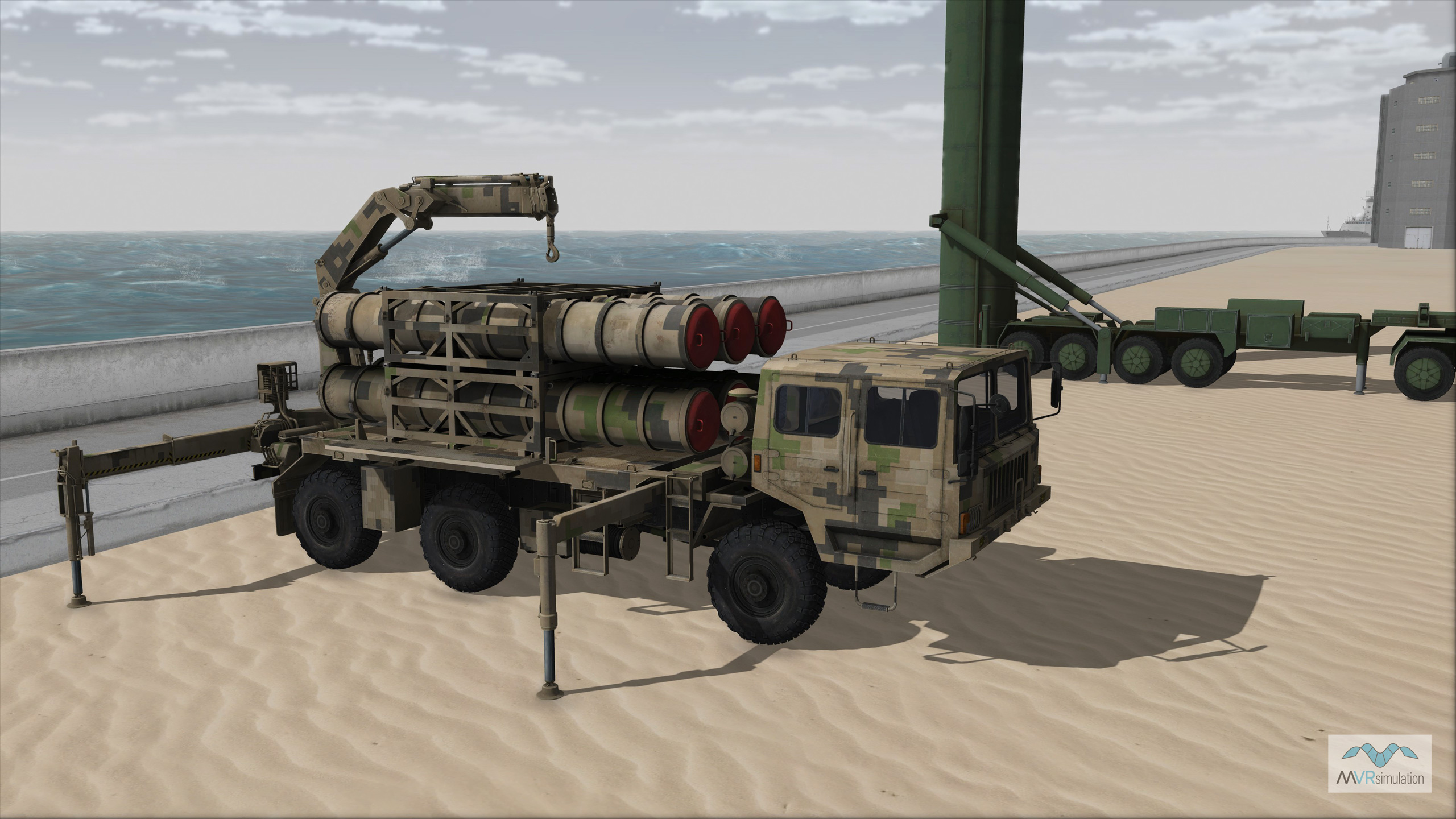WEPTAC 2024
MVRsimulation At WEPTAC 2024 - Aviation Theater
At WEPTAC 2024 in the Aviation Theater on the main floor of the Nellis Officer's Club, MVRsimulation will demonstrate its fixed-wing Part Task Mission Trainer (PTMT) networked with MVRsimulation's fully-accredited Deployable Joint Fires Trainer (DJFT). Current JTACs are welcome to log a control on the DJFT during the show. MVRsimulation's new mixed-reality Sand Table will also be present at the event, serving as a mission planning and rehearsal station. The three simulators are interconnected to support mixed-reality high-speed flight, JTAC controls, Digitally Aided Close Air Support (DACAS) and RPAS operator training scenarios - all supported by geospecific terrain rendered in MVRsimulation's Virtual Reality Scene Generator (VRSG).
The DJFT has a flexible configuration incorporating an Instructor/Operator Station (IOS), Observer Station (OBS), and Role Player Station (RP). The RP will be configured as an A-10 aircraft, providing a KLV metadata-based sensor feed that correlates directly into the ATAK imagery. The PTMT is networked in as CAS Role Player configured as an F-18.
Users will be able to carry out full spectrum training scenario exercises including Digitally Aided Close Air Support (DACAS), match sparkle target identification between JTAC and CAS aircraft, and full NVG-supported day/night transitions. The DJFT incorporates partner technologies including Battlespace Simulations Modern Air Combat Environment (MACE) and Viper radio, Varjo mixed-reality headset; and physical, emulated, and simulated military equipment.
Mixed-Reality Sand Table
During I/ITSEC 2023, MVRsimulation unveiled its new mixed-reality Sand Table. The Sand Table is the newest addition to the DJFT and PTMT simulation, providing a real-time 3d visualization tool for mission planning and after action review.
The Sand Table can inter-connect with any DIS-based simulation network, including the DJFT and PTMT, supporting LVC capability. Developed with the same technology used for the DJFT OBS, the Sand Table enables one or more users to view a scenario within a 3D virtual "table" blended into the real world. Users use VR controllers to adjust their position and orientation within the virtual environment giving them complete 360x360 degrees of freedom to view the battle-space from any vantage point. At WEPTAC the mission is controlled via MACE on the IOS. Wearers can see both MACE running on a tablet viewed in the mixed reality cut-out as well as the 3d representation of the live mission in real-time.
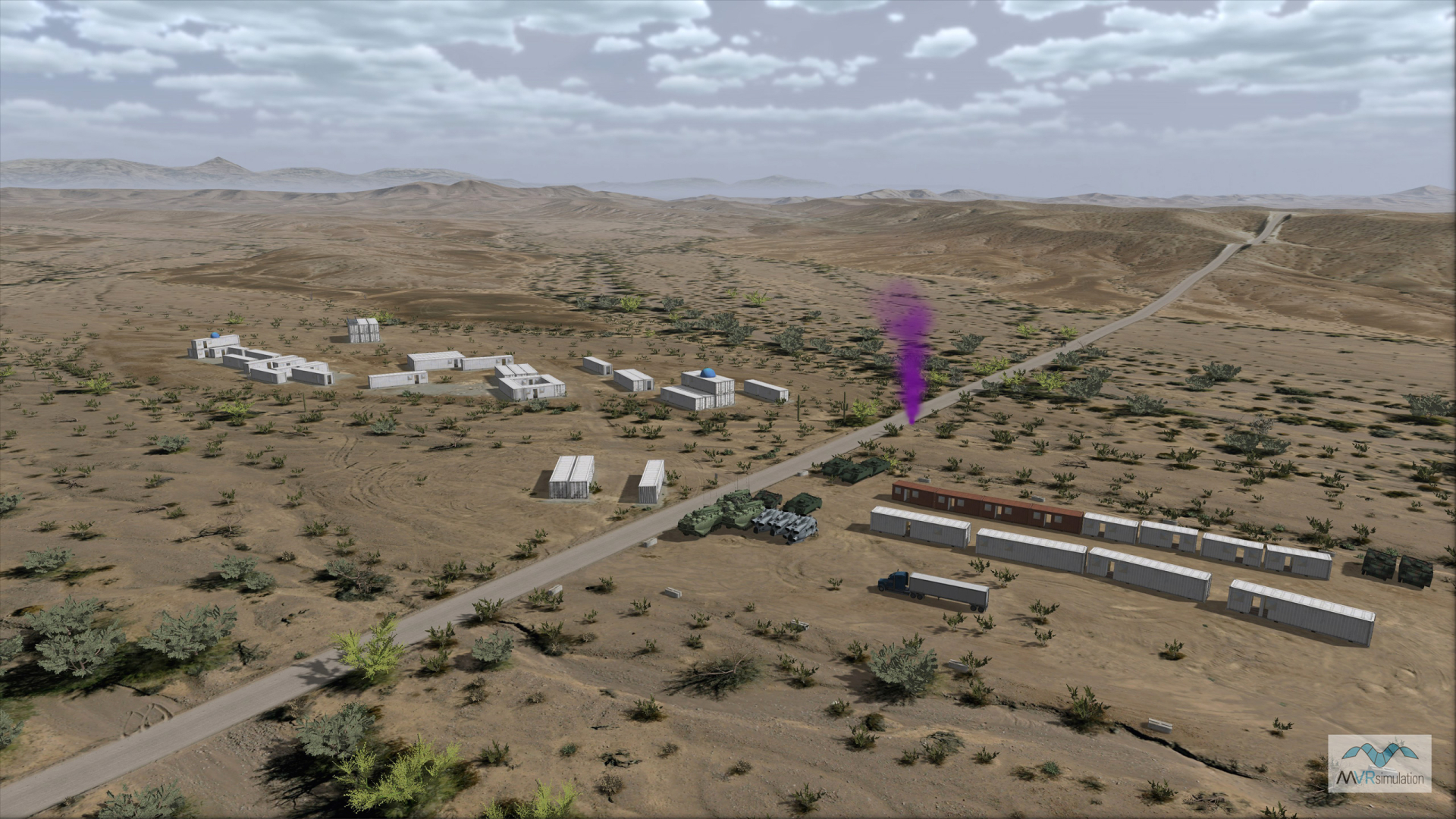
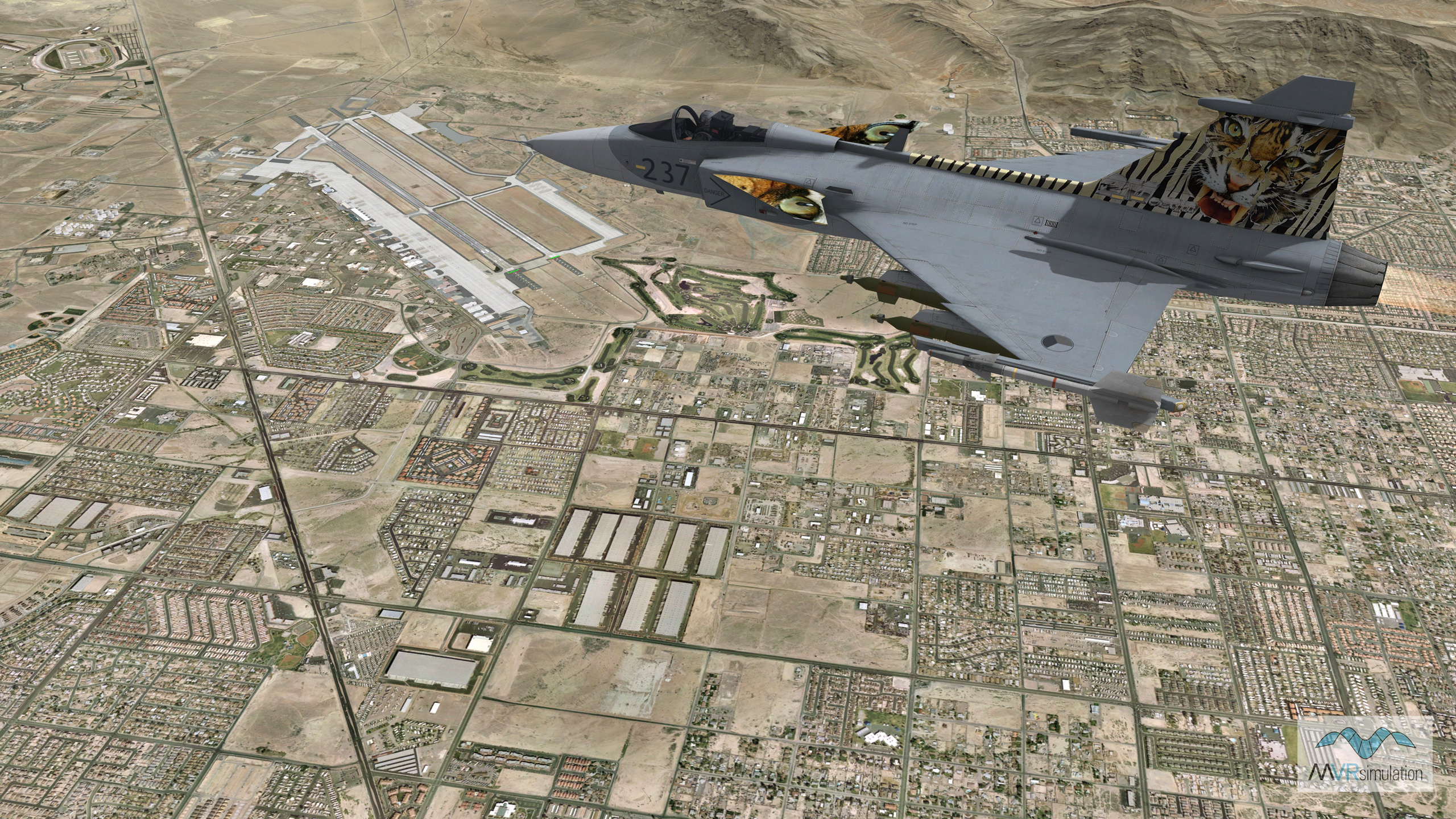
Terrain Present At WEPTAC 2024
All simulators use the shared high-resolution virtual environments using MVRsimulation's round-earth VRSG terrain architecture stored on a whole-world terrain server housed in the IOS. Visitors to the Aviation Theater are able to experience the crisp features of MVRsimulation's CONUS NAIP terrain. The CONUS NAIP terrain consists of 1-meter per-pixel (mpp) imagery from the National Agriculture Imagery Program (NAIP).
The rich details of MVRsimulation's virtual MOUT site for the Yuma Proving Ground in Arizona are the spotlight during WEPTAC 2024. The Virtual MOUT site was built from 30 cm per-pixel imagery and 2 meter per-pixel elevation. 3D culture such as storage containers (many with modeled interiors), fortifications, equipment, and other elements populate the SOTACC Village MOUT site.
Highlighting the VRSG terrain replicate to the real-world environment, a scenario will take place over photorealistic 3D Terrain of Nellis Air Force Base (KLSV). MVRsimulation's custom DEM overlaid upon the source DEM provides >95% accuracy for runway elevations when compared to Federal Aviation Association charts. The culture of the Nellis AFB terrain consists of 48 unique, geospecific models, 644 residential houses, 163 airfield structures (hangars, offices, storage facilities, etc.), 363 trees, and over 336,000 light points. The terrain is built using 30 cm per-pixel imagery with several buildings constructed from images taken on site.
Fixed-Wing Part Task Mission Trainer (PTMT)
The PTMT is a low-cost, quick-deploy training solution to fill the gap in current in-use mission tactics training toolkits for military fixed-wing pilots. The system aims to maximize suspension of disbelief for trainee pilots as they practice mission tactics and coordination as part of joint training operations in networked environments. It can also operate as a standalone training solution.
Using notional aircraft hardware represented by touchscreens for conducting air-to-air or air-to-ground training scenarios, the PTMT can be quickly configured for training in current 3rd- and 4th-generation combat aircraft by easily changing the position of the specially-designed, patent-pending, flight control stick between side-stick and center-stick positions.
Visitors are encouraged to jump in the PTMT and fly around the southwest CONUS NAIP terrain. Explore the Yuma Proving Ground and Nellis Air Base training locations then take a scenic flight over the Grand Canyon.
Deployable Joint Fires Trainer (DJFT)
MVRsimulation's Deployable Joint Fires Trainer (DJFT) Block 3 supports datalink messaging to execute Link 16 and VMF Digitally Aided Close Air Support (DACAS) in accordance with current joint tactics, techniques, and procedures. This mixed-reality system is designed to provide a quick-deploy capability for Joint Terminal Attack Controllers (JTACs) and Forward Observers (FOs) to train alongside fixed-wing, rotary-wing and RPAS aircrew within a fully immersive, joint training environment.
The DJFT includes all hardware and software within its specially designed deployable cases to complete full spectrum JTAC training. The DJFT is fully accredited by the Joint Fires Support Executive Steering Committee (JFS ESC) for Type 1, 2, and 3 Terminal Attack Control (TAC), Bomb on Coordinate (BOC), Fixed-Wing (FW), Rotary-Wing (RW), Remote Observer (RO), Video Down-Link (VDL), Suppression of Enemy Air Defenses (SEAD), Urban, Forward Air Controller (Airborne) (FAC (A)), Night, IR, and Laser controls.

